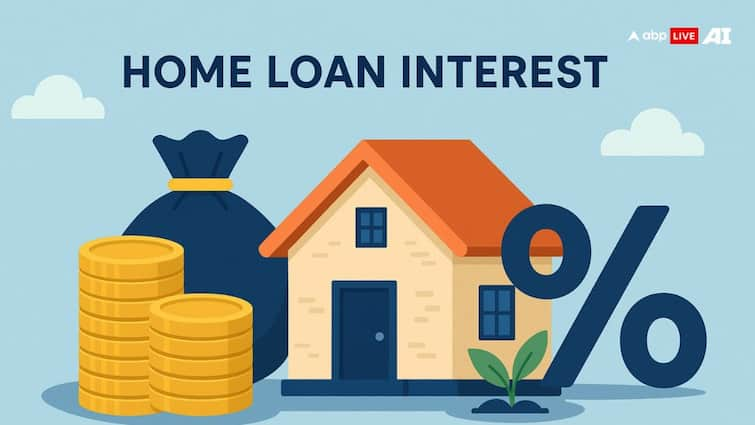Buying a house is a dream for many, and a home loan makes that dream possible. But, home loans are a long-term commitment, often stretching over 15–20 years, sometimes feeling like a heavy financial burden. That’s why some borrowers look for ways to reduce their debt. One option that can help is a home loan balance transfer—moving your loan from your current lender to another offering better terms. Before going this route, it is crucial you understand how a balance transfer works and whether it is beneficial for you.
What is a balance transfer?
A balance transfer involves shifting your existing home loan from your current lender to another offering lower interest rates or better terms. Once approved, the new lender pays off the outstanding amount to your old lender. In return, your old lender releases your property documents and issues a no-dues certificate, which you then submit to the new lender. From there, you continue paying EMIs to your new bank.
Why do people switch?
The most common reason is lower interest rates. Even a small difference, say 0.5 per cent, can save you lakhs over the loan tenure. For borrowers, especially those with home loans, this may often translate to lower EMIs and reduced financial stress, month-on-month.
Better terms
Apart from lower EMIs, switching can also get you better repayment terms. Some lenders offer easier prepayment options or waive foreclosure charges. These seemingly minor changes can give you more control over your loan and help you pay it off faster if your finances improve.
Access to extra funds
Another advantage of a balance transfer is the option of a top-up loan. If your current bank isn’t offering additional funds, the new lender may consider the present market value of your home and allow you to borrow more. These extra funds can be useful for renovation, paying off other debts, or covering unexpected expenses.
When does it make sense?
A balance transfer is often most beneficial in the early years of your loan, when most of your EMIs go towards interest. Switching to a lower rate during this period can help you save significantly. But interest shouldn’t be the sole focus. Also consider documentation charges, processing fees, and the time required to complete the transfer.
Switching your loan can cut costs, but only if you weigh the benefits against the fine print. Compare offers, read the fine print, and calculate your actual savings before making the move.
The table below lists 10 banks offering the lowest interest rates on loans up to Rs 75 lakh.
|
Bank Name |
Lowest Advertised Rates For Loan Amount Rs. 30 to 75 lakh |
|
UCO Bank |
7.25-9.50 |
|
Union Bank of India |
7.30-9.50 |
|
Canara Bank |
7.30-10.25 |
|
J&K Bank |
>= 7.35 |
|
Indian Overseas Bank |
7.35-8.45 |
|
Central Bank |
7.35-8.90 |
|
Bank of Maharashtra |
7.35-9.90 |
|
Bank of India |
7.35-10.10 |
|
Indian Bank |
7.40-8.80 |
|
Bank of Baroda |
7.45-9.20 |
Note: Rates as on respective banks’ websites on September 19, 2025; Rates offered may vary based on lender’s eligibility criteria; Compiled by BankBazaar.com – a co-brand credit card issuer.
(The author is the CEO at BankBazaar.com. This article has been published as part of a special arrangement with BankBazaar)



